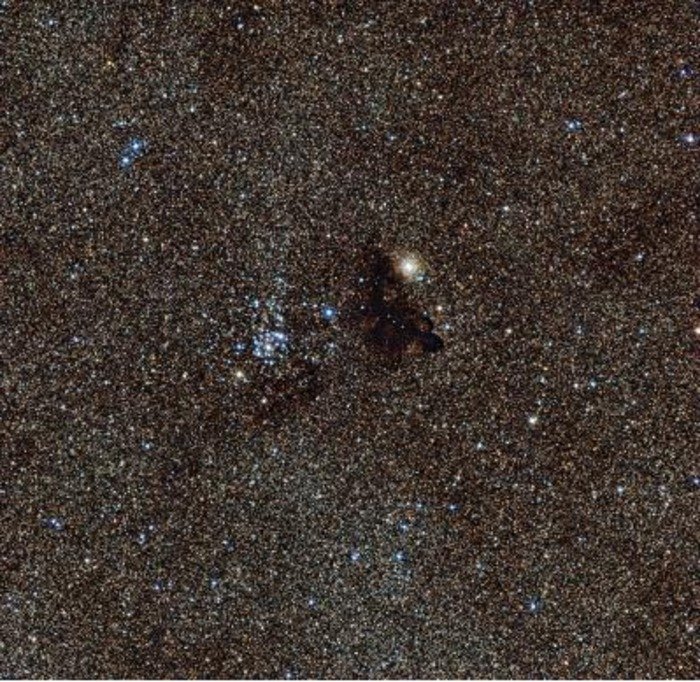GARCHING, Germany, Feb. 13 (UPI) -- A telescope in Chile has captured an image of a portion of the Milky Way so dense with stars almost no dark sky is seen across the picture, astronomers say.
A 7-foot telescope at the European Southern Observatory's La Silla location took a photo of the Large Sagittarius Star Cloud in the constellation of Sagittarius.















